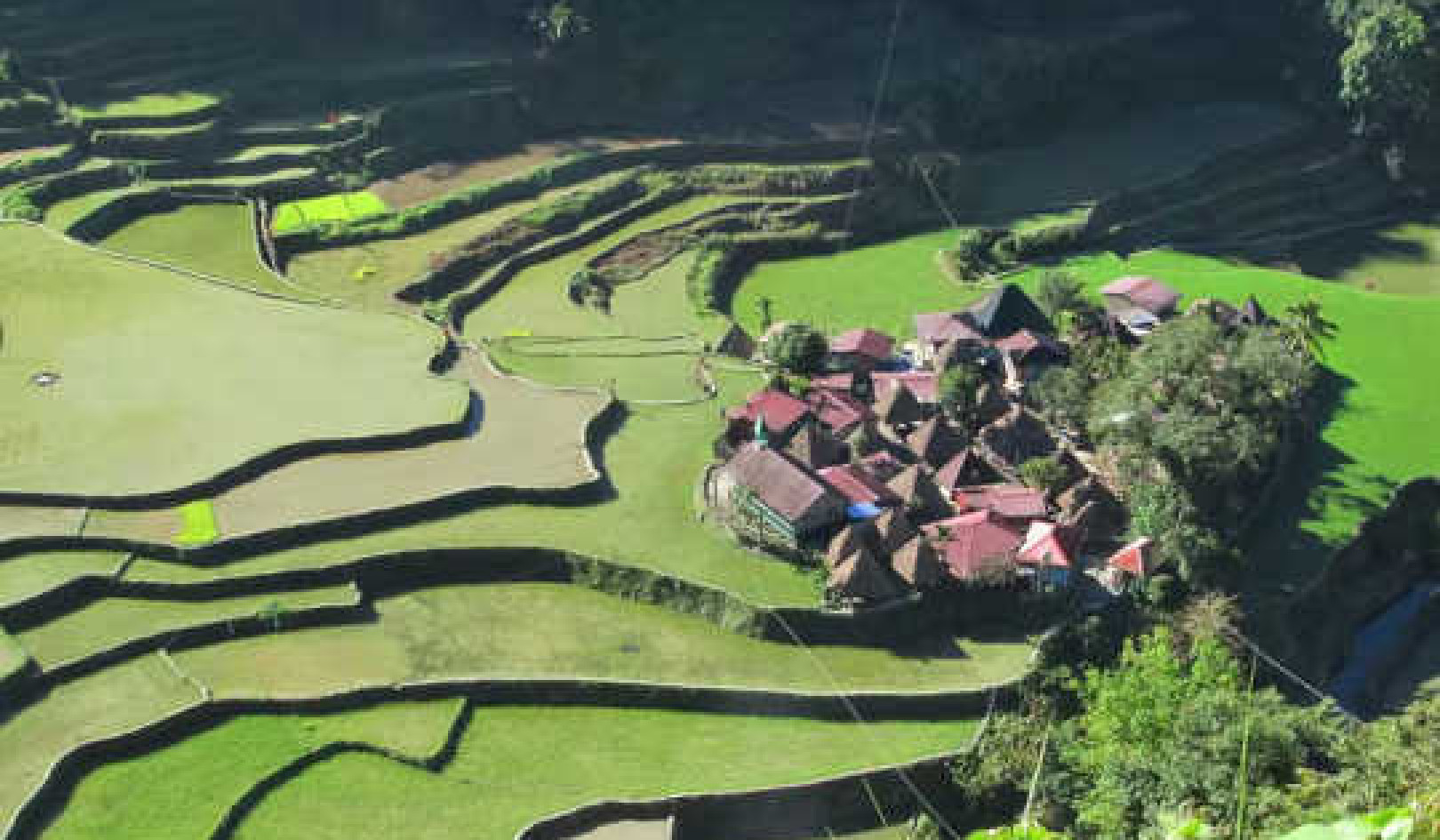 Leben in der letzten Treibhausperiode des Planeten, dem Eozän. Jay Matternes / Smithsonian Museum, CC BY
Leben in der letzten Treibhausperiode des Planeten, dem Eozän. Jay Matternes / Smithsonian Museum, CC BY
Die Kohlendioxidkonzentrationen bewegen sich auf Werte zu, die in den vergangenen 200m Jahren nicht beobachtet wurden. Die Sonne wurde mit der Zeit immer stärker. Zusammengenommen bedeuten diese Fakten, dass das Klima in Richtung Wärme gehen könnte, die in den letzten halben Milliarden Jahren nicht gesehen wurde. ![]()
A lot has happened on Earth since 500,000,000BC – continents, oceans and mountain ranges have come and gone, and complex life has evolved and moved from the oceans onto the land and into the air. Most of these changes occur on very long timescales of millions of years or more. However, over the past 150 years global temperatures have increased by about 1?, ice caps and glaciers have retreated, polar sea-ice has melted, and sea levels have risen.
Einige werden darauf hinweisen, dass das Klima der Erde hat ähnliche Veränderungen zuvor erlebt. Also, was ist die große Sache?
Wissenschaftler können versuchen, vergangene Klimate zu verstehen, indem sie die in Felsen, Sedimenten und Fossilien eingeschlossenen Beweise betrachten. Was uns das sagt ist, dass sich das Klima in der Vergangenheit verändert hat, aber die derzeitige Geschwindigkeit der Veränderung ist sehr ungewöhnlich. Zum Beispiel wurde Kohlendioxid in der Atmosphäre nicht so schnell wie heute für die Vergangenheit hinzugefügt 66m Jahren.
In fact, if we continue on our current path and exploit all convention fossil fuels, then as well as the rate of CO? emissions, the absolute climate warming is also likely to be unprecedented in at least the past 420m years. That’s according to a new study we have published in Nature Communications veröffentlicht .
In terms of geological time, 1? of global warming isn’t particularly unusual. For much of its history the planet was significantly warmer than today, and in fact more often than not Earth was in what is termed a “greenhouse” climate state. During the last greenhouse state 50m years ago, global average temperatures were 10-15? warmer than today, the polar regions were ice-free, Palmen wuchsen an der Küste der Antarktisund Alligatoren und Schildkröten wälzten sich in Sumpfwäldern in der heutigen gefrorenen kanadischen Arktis.
Im Gegensatz dazu befinden wir uns trotz unserer derzeitigen Erwärmung immer noch in einem "Eishaus" -Klimazustand, was einfach bedeutet, dass es an beiden Polen Eis gibt. Die Erde hat zwischen diesen beiden Klimazuständen alle 300m Jahre oder so natürlich zyklisch gefahren.
Just prior to the industrial revolution, for every million molecules in the atmosphere, about 280 of them were CO? molecules (280 parts-per-million, or ppm). Today, due primarily to the burning of fossil fuels, concentrations are about 400 ppm. In the absence of any efforts to curtail our emissions, burning of conventional fossil fuels will cause CO? concentrations to be around 2,000ppm by the year 2250.
This is of course a lot of CO?, but the geological record tells us that the Earth has experienced similar concentrations several times in the past. For instance, our new compilation of data shows that during the Triassic, around 200m years ago, when dinosaurs first evolved, Earth had a greenhouse climate state with atmospheric CO? around 2,000-3,000ppm.
Hohe Kohlendioxidkonzentrationen machen die Welt nicht unbedingt völlig unbewohnbar. Die Dinosaurier gediehen schließlich.
Das bedeutet jedoch nicht, dass dies keine große Sache ist. Es steht außer Zweifel, dass die Menschheit mit großen sozioökonomischen Herausforderungen konfrontiert sein wird dramatischer und schneller Klimawandel das ergibt sich aus dem schnellen Anstieg zu 2,000 oder mehr ppm.
But our new study also shows that the same carbon concentrations will cause more warming in future than in previous periods of high carbon dioxide. This is because the Earth’s temperature does not just depend on the level of CO? (or other greenhouse gases) in the atmosphere. All our energy ultimately comes from the sun, and due to the way the sun generates energy through nuclear fusion of hydrogen into helium, its brightness has increased over time. Four and a half billion years ago when the Earth was young the sun was around 30% less bright.
So what really matters is the combined effect of the sun’s changing strength and the varying greenhouse effect. Looking through geological history we generally found that as the sun became stronger through time, atmospheric CO? gradually decreased, so both changes cancelled each other out on average.
Aber was ist in der Zukunft? Wir haben keine vergangene Zeitperiode gefunden, als die Treiber des Klimas, oder Klimazwang, war so hoch, wie es in Zukunft sein wird, wenn wir alle verfügbaren fossilen Brennstoffe verbrennen. Nichts dergleichen wurde für mindestens 420m Jahre in der Rock-Platte aufgenommen.
Eine zentrale Säule der Geowissenschaften ist die einheitliches Prinzip: that “the present is the key to the past”. If we carry on burning fossil fuels as we are at present, by 2250 this old adage is sadly no longer likely to be true. It is doubtful that this high-CO? future will have a counterpart, even in the vastness of the geological record.
Über den Autor
Gavin Foster, Professor für Isotopengeochemie, University of Southampton; Dana Royer, Professor für Erd- und Umweltwissenschaften, Wesleyan Universityund Dan Lunt, Professor für Klimaforschung, University of Bristol
Dieser Artikel wurde ursprünglich veröffentlicht am Das Gespräch.. Lies das Original Artikel.
Bücher zum Thema
at InnerSelf Market und Amazon






















